How Can Control Systems Trick Operators?
Mike Sondalini, PWW EAM Consultant
with permission of BIN95 Business Industrial Network
Posted 5/23/2024
How can control systems trick operators? Operators are required to run their plants from control panels. They view the control panel dials, lights, and readouts. From those they interpret the plant and equipment operating condition. It is critical that every indicator on the panel be a true reflection of the equipment’s state out in the plant.
Watch this short video for an example of how control systems can trick operators and learn that operators cannot second guess a plant designer’s intent, the plant designer is responsible for successful plant operation, operators need true indications of plant conditions to make the right decisions, and to select and locate sensors that provide foolproof feedback about the plant’s operational status.
Another Operator tip from Mike Sondalini…
Use Words Instead of Code Numbers on Work Orders
Make sure the work order requests created by operators are correct to save time for the Planner. If a Trade Type is a ‘02’ and it means a fitter, you can be sure that a lot of work order requests from operators will be wrong and they will take the planner’s time to correct. Even more confusing is when the Work Order Type and the Trade Type are both an ‘04’!
In the early days of Computerized Maintenance Management Systems, the programmers used numbers in fields because the computer responded quicker with one or two digits than a word of several alphabetic characters. Unfortunately, it started a trend that with today’s faster computers does not need to continue.
If a CMMS allows enough alphabetic character space in typed fields, then use words humans understand. Save time and reduce the amount of training by making the choice easy and clear for people. Use a short descriptive word instead of numbers or one or two letters in information fields.
If icons are used, then be sure the icon contains the word it is meant to symbolize. Some icons take a lot of imagination to try and visualize what the designer was trying to explain.
Anything that can be done with the software that makes the creation of a work order quicker, simpler or more accurate is well worth adopting. If one minute could be saved in the life of a work order by reducing the number of errors that cause confusion and waste time to correct. Then a site with 5,000 work orders a year would save two person-weeks annually.
Remember Operators, use words instead of code numbers on work orders. A work order full of code numbers confuses people. When work order type (breakdown, corrective, modification, etc.) is described as Work Order Type ‘04’ you can guarantee that no one knows what ‘04’ is without looking it up on a list. The best way to prevent confusion is to use word descriptors.

Mike Sondalini
Mike Sondalini is a Senior Consultant at PWWEAM System-of-Reliability. BEng(Hons), MBA, CPEng. As a consultant and trainer, Mike was able to present his insights to his clients, suggesting innovative approaches to plant and equipment reliability. Their feedback was resoundingly positive. Efforts which earned him an international reputation for articulate, out-of-the-box articles on plant and equipment reliability, life-cycle EAM, maintenance management, work quality assurance, and team building. After decades of dedicated research, Mike authored “Industrial Manufacturing Wellness: The Complete Guide to Successful Enterprise Asset Management” a revolutionary approach on how maintenance and physical asset management systems should be run, the book detailed who, what, where, when, why, and how outstanding reliability could be achieved. Each step based in scientific and mathematical understanding to ensure repeatability of results and optimal outcomes.
Related Articles

The Reliability Paradox

Switch in Contract, Maintenance Proves Costly

6 Ways Outsourced Maintenance Saves

Reliability and Current Best Practices - An Educational Journey

Reliability and Maintenance Implementation Model

Hiring of Maintenance Management Personnel – Top 10 Mistakes

Elastopipe: Safety Pipe for Oil Rigs

RCM Success Starts with CMMS
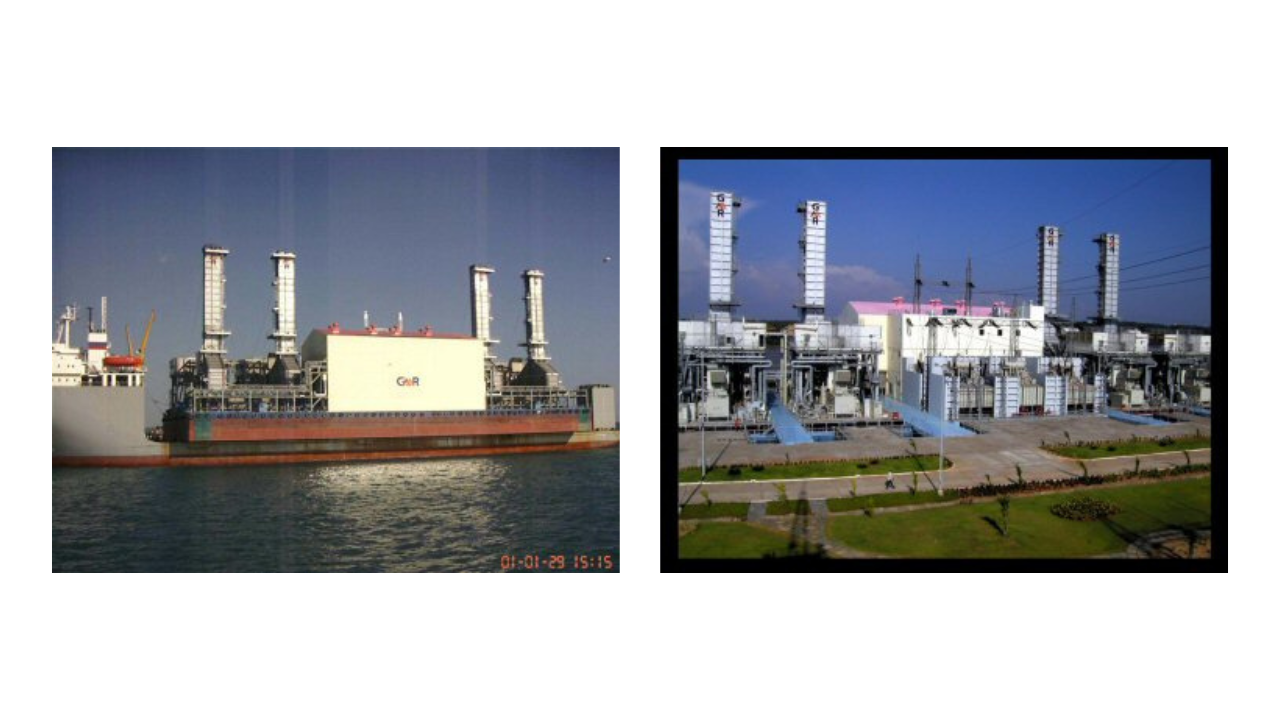
Open Warehouse System

Managing an EAM / CMMS Selection
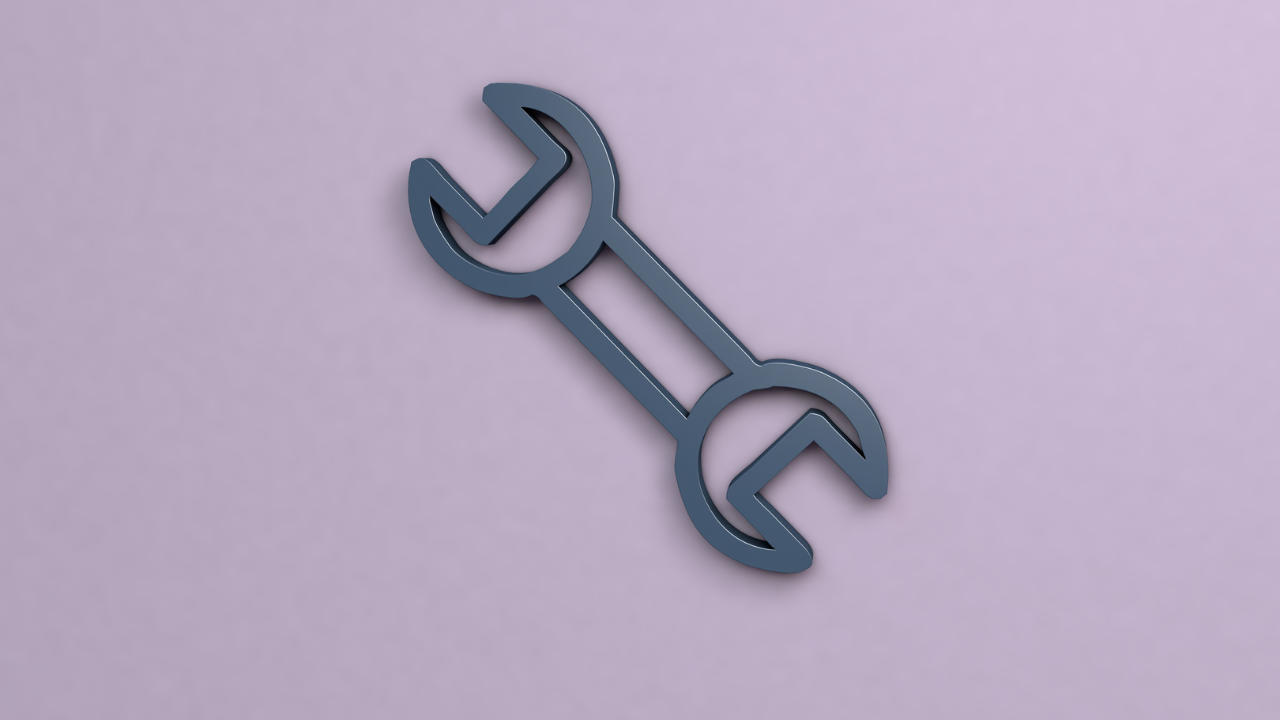
Fixing Maintenance

Enhancing Overall Equipment Effectiveness Through TPM
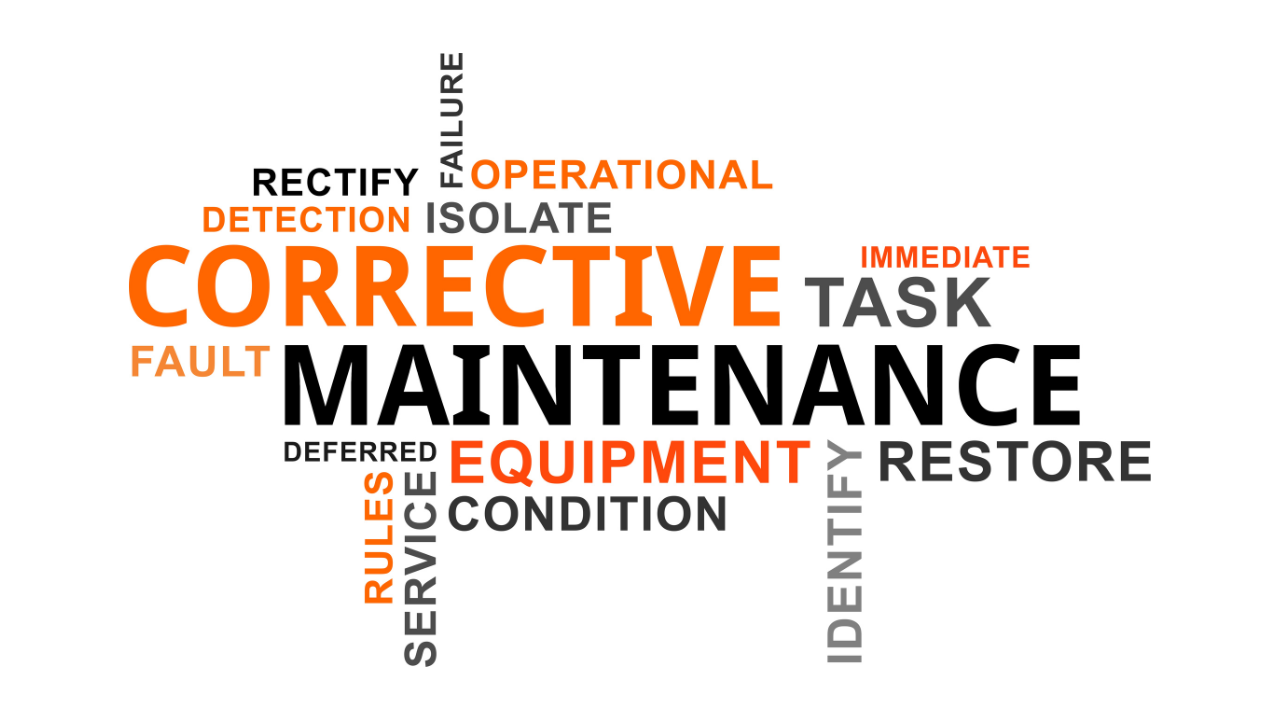
Corrective Maintenance Task Generation

Availability in a Supply Constrained Environment is the #1 Issue for Refinery Executives

Safety Circuits, Force Guided Relays vs. General Purpose Relays
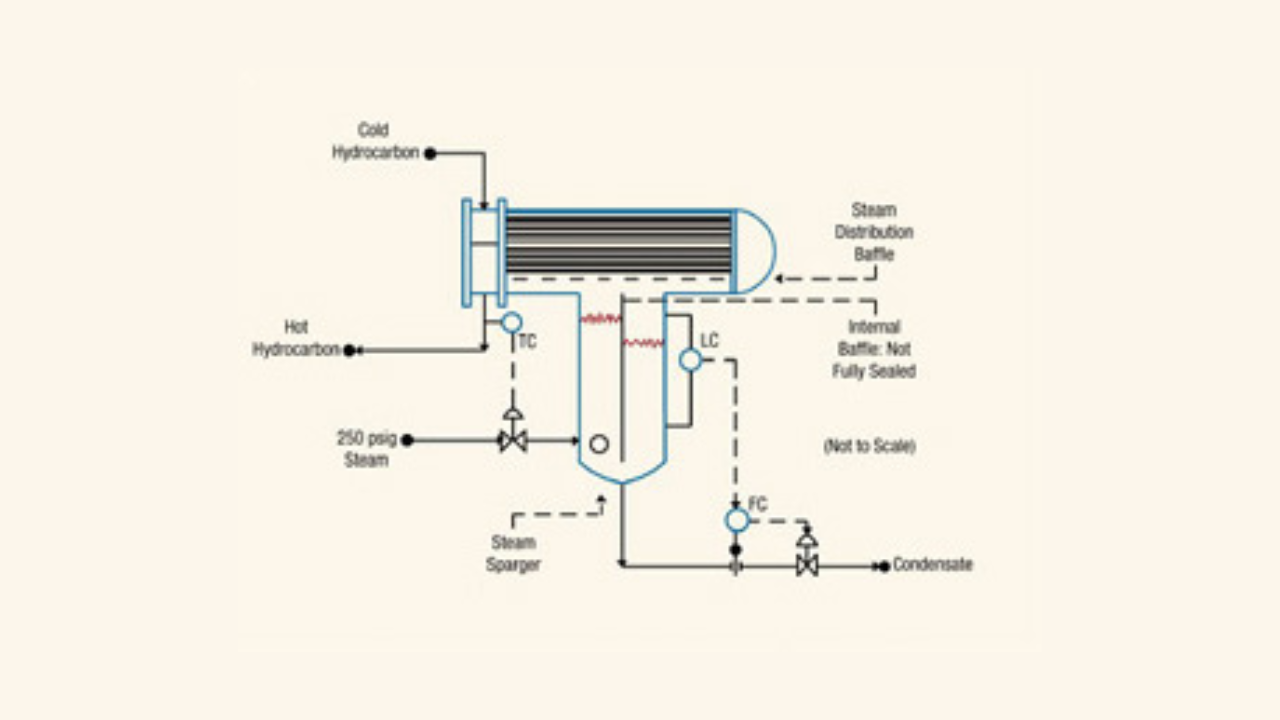
Preheater Points Out the Value of Cooling Off

Mining Maintainability

Digging Up Savings: Go with the Flow

Design for Maintainability

Chain Drive Design Recommendations
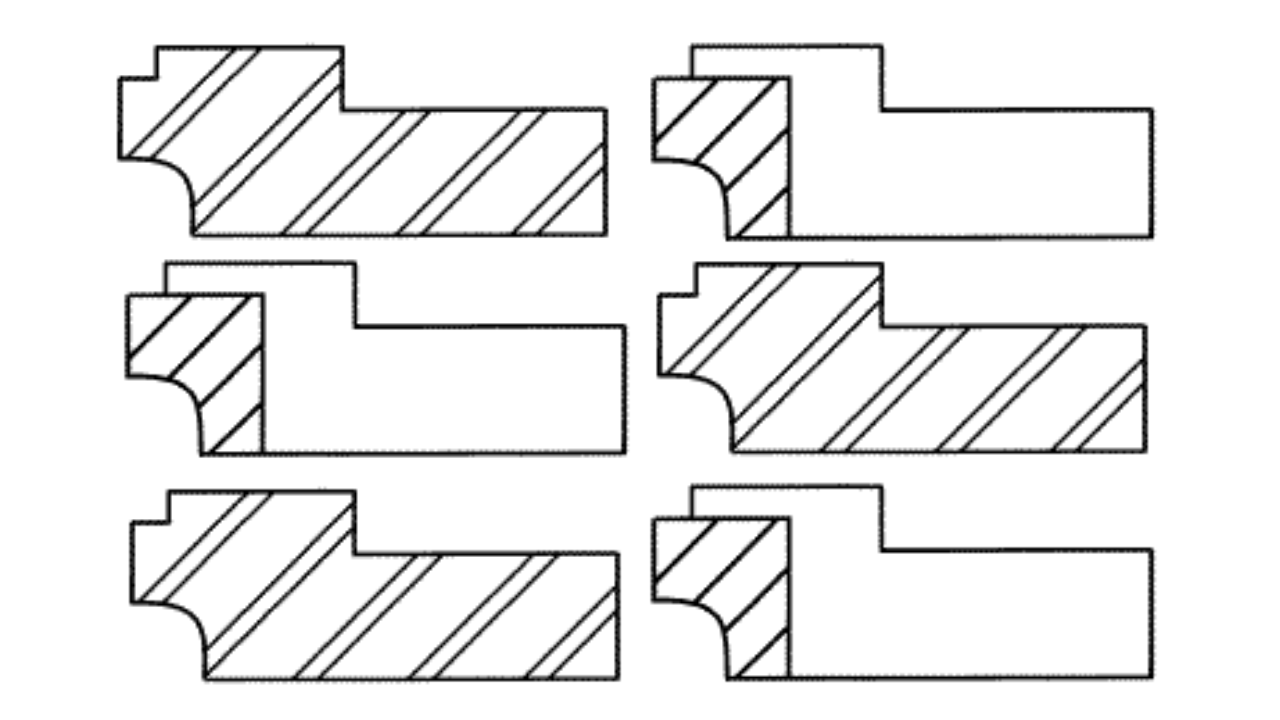
Carbon in a Metal Holder

Proactive Maintenance for Hydraulic Cylinders

Power Company Foresees Failures
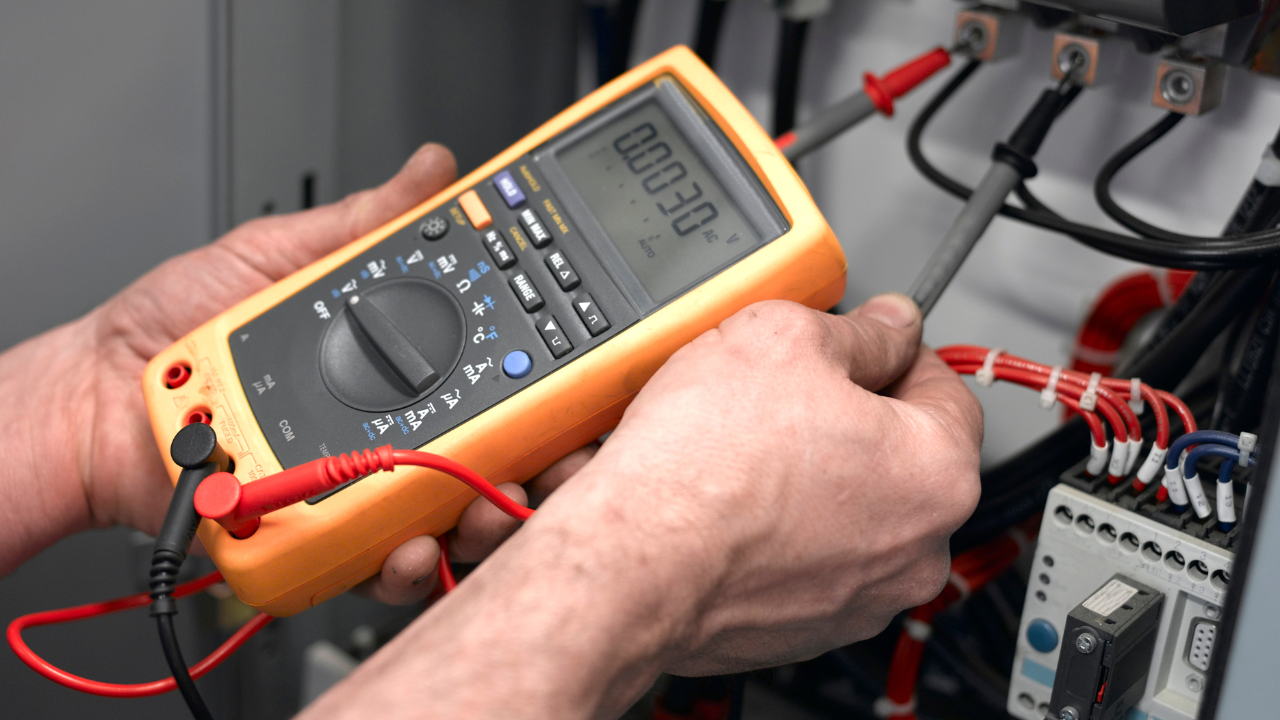
Power Quality Testing Can Reduce Costs
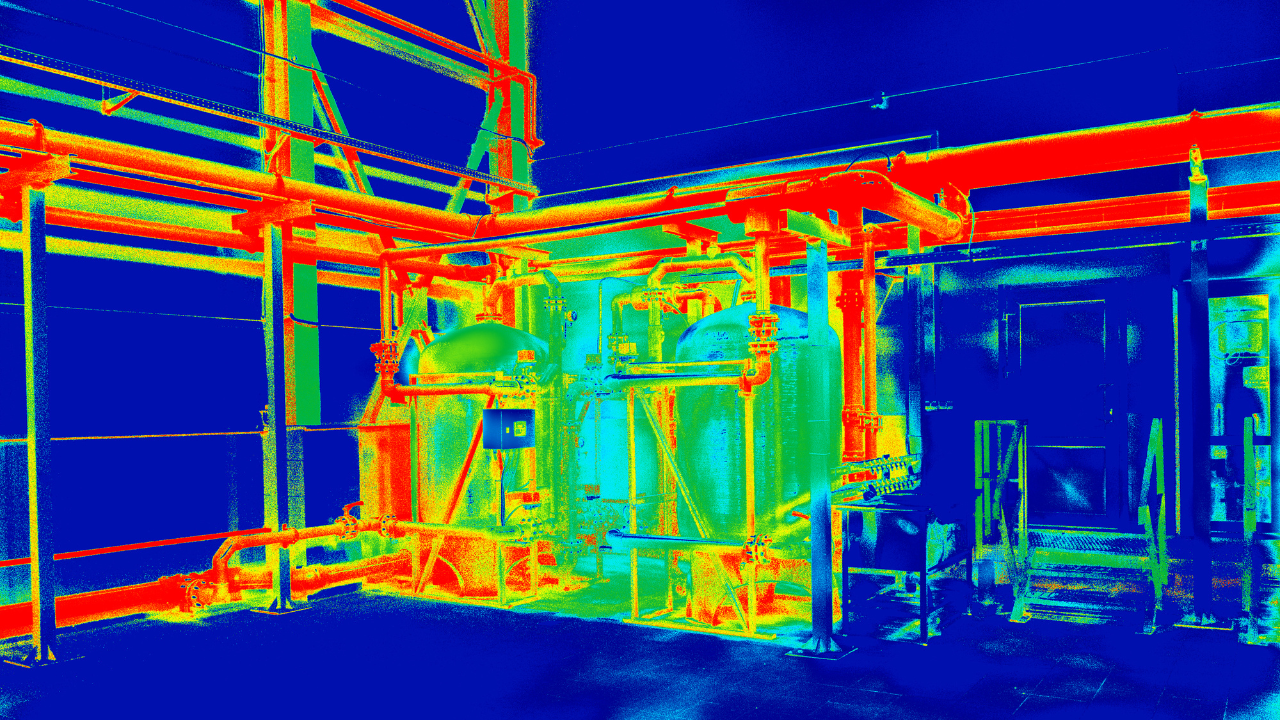
Infrared Thermography
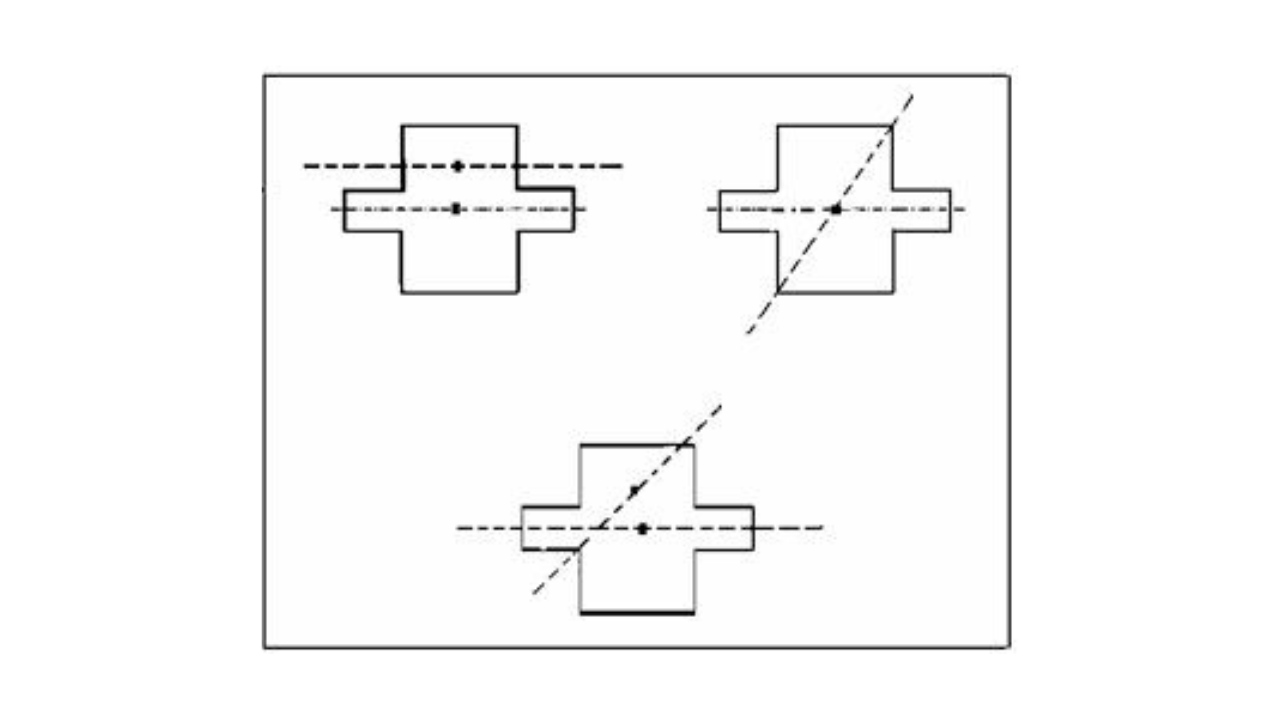
How Unbalance Affects Bearing Life

How The Eyes (and IR camera) Can Be Misled

Productivity Improvement Through Operational Reliability and Knowledge Workers

Effective Benchmarking in Pursuit of Better Maintenance Operations
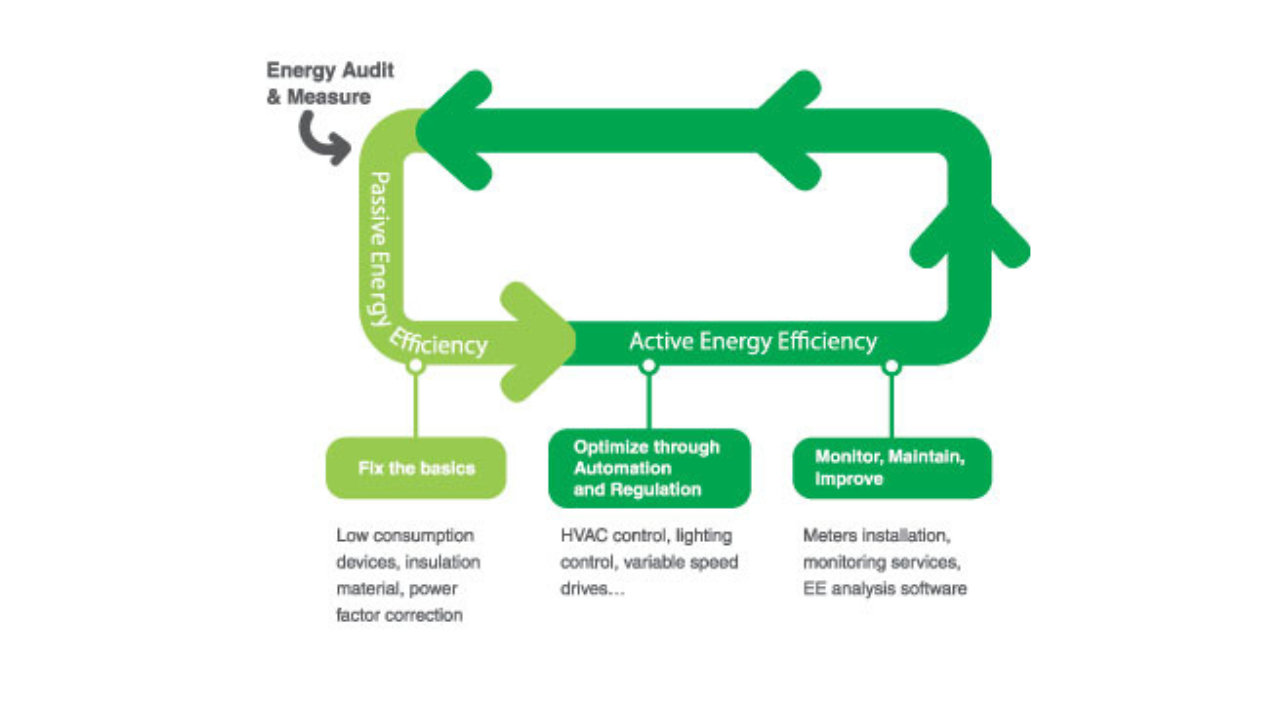
Energy Optimization

Go Execute the Continuous Improvement Plan!





